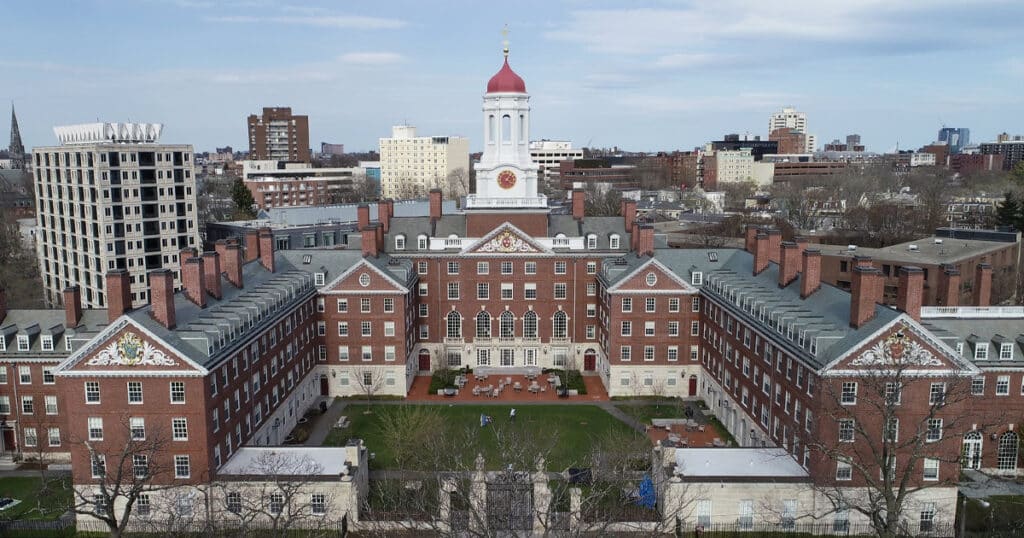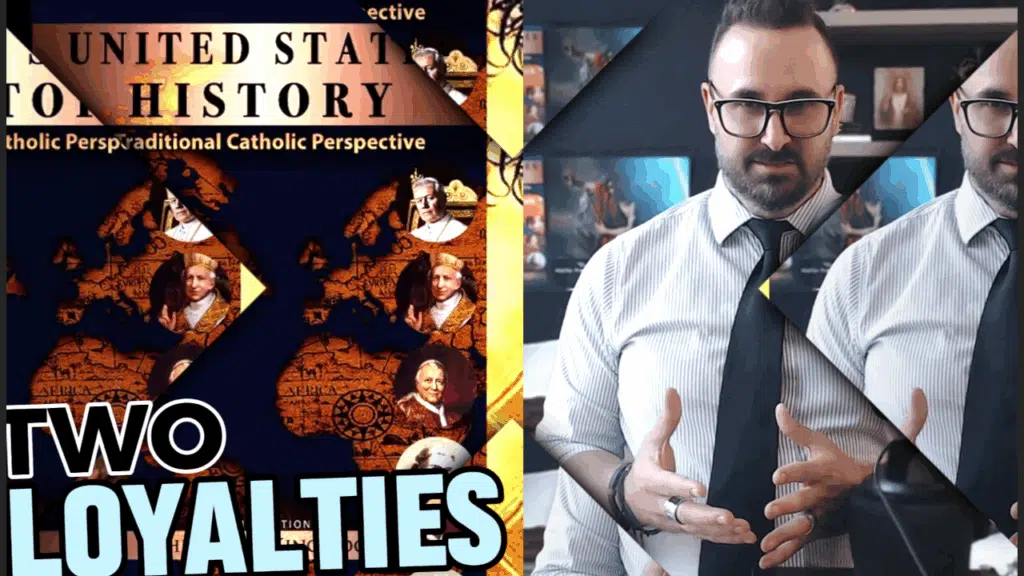
Recent U.S. Supreme Court Decision Ends Institutional Racism in College Admissions
The case is Students for Fair Admissions v. President and Fellows of Harvard College, et al.
In its landmark ruling, the Court held that by prohibiting the use of race in college admissions—broadly known as Affirmative Action but more accurately described as reverse discrimination—the Court returned the nation to the fundamental principle of equality for all, declaring that racial discrimination cannot be employed now—today—in order to fix or remove past racial discrimination.
The Court reasoned that the promise of equal protection simply cannot be reconciled with the use of discrimination by race to make amends for discrimination by race. As Chief Justice John Robert’s wrote in the opinion, “The way to stop discrimination on the basis of race is to stop discriminating on the basis of race.”
In so doing, the Supreme Court returned to the clear meaning of the 14th Amendment.
In this context, what does the 14th Amendment provide? That no State shall “deny to any person . . . the equal protection of the laws.”
What was the Court’s reasoning?
As the Court itself notes, “the 14th Amendment provides that no State shall “deny to any person . . . the equal protection of the laws.” Proponents of the Equal Protection Clause described its “foundational principle” as “not permitting any distinctions of law based on race or color.”
Accordingly, the Court has held that the Equal Protection Clause applies “without regard to any differences of race, of color, or of nationality”— it is “universal in its application.” Because “the guarantee of equal protection cannot mean one thing when applied to one individual and something else when applied to a person of another color.”
This means that “a law which operates upon one man,” should “operate equally upon all.” That is why the 14th Amendment guarantees “that the law in the States shall be the same for the black as for the white; that all persons, whether black or white, shall stand equal before the laws of the States.”
So, why was the Court’s decision necessary?
Because two well-known American institutions of higher learning, University of North Carolina and Harvard, have for many years used race as a critical if not determinative factor for admission to their institutions.
In the opinion, Chief Justice Roberts wrote that it’s simply not possible “to derive equality from inequality” by racially discriminating against a Vietnamese American student, for example, in order to admit an African American student simply because of their races. The Constitution “does not permit any distinctions of law based on race or color.”
Justice Clarence Thomas, someone who has actually lived through the inequality the 14th Amendment was enacted to prevent, cites the powerful dissent of Justice Harlan in another case, Plessy, that “our Constitution is color-blind, and neither knows nor tolerates classes among citizens.”
I think most of us consider this goal of equal protection of the law as a bedrock American principle and that our nation is a meritocracy—meaning the success we have in life is based upon our merit and nothing else; that all we are guaranteed in this country is an equal opportunity, not a legally mandated equal result.
It is said that the law “is not a respecter of persons” meaning that we are all the same in the eyes of our blindfolded Lady Justice. In our country, success and status are not based upon nobility, heredity, government favoritism or skin color. They are based upon effort, drive and sweat equity. I once heard this concept succinctly stated with the expression that in America “the dream is free. The hustle is sold separately.”
So, the holding in this case remains faithful to the Constitutional promise of equality and equal protection of the laws, which itself directly reflects the Declaration of Independence and Jefferson’s profound and unprecedented principle that “all men are created equal.” We also recall Lincoln’s words in the Gettysburg address that we are a nation “conceived in liberty and dedicated to the proposition that all men are created equal.”
This decision firmly places our country back on the bedrock of equality, as powerfully called for by Rev. Martin Luther King, Jr. when he heralded that he had “a dream … that one day my children will be judged not by the color of their skin but by the content of their character.”
All Americans should celebrate the end of the use of race in college admissions.



